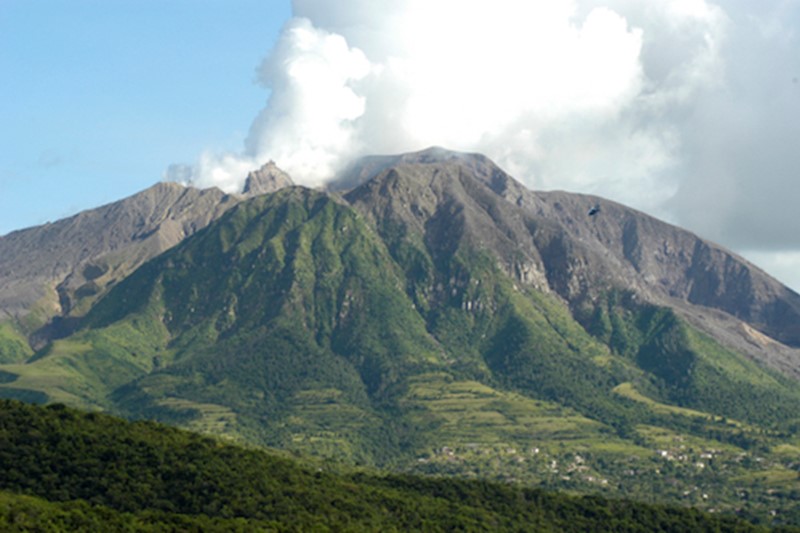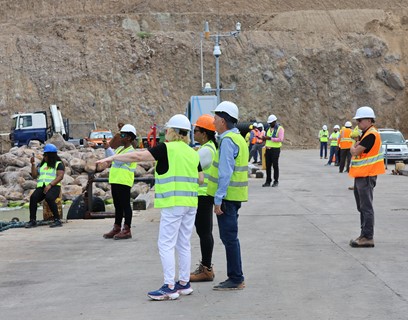
The Soufrière Hills Volcano has been in a state of unrest since the end of lava extrusion in February 2010. MVO’s weekly reports indicate that activity at the volcano has been low for the past twelve years. However, these reports sometimes cannot adequately convey some of the more subtle changes that occur, especially over longer time periods. This statement provides an overall picture of the status of the volcano.
Volcano-tectonic earthquake activity has been very low since the end of extrusion, with an average of about one earthquake per day. We have, however, seen a small increasing trend in the daily rate of earthquakes over the last few years, rising from about 0.4 per day in 2018 to around 1.2 per day in late 2021.
Between 2013 and 2018, routine monitoring of fumarole temperatures on the lava dome indicated a general cooling trend. Since 2018, however, an increase in the temperatures of some fumaroles on the volcano has been observed. The largest increase at one particular fumarole of about 200 °C brings it back up to approximately 500 °C, similar to temperatures measured in 2013.
Sulphur dioxide fluxes between 2020 and 2021 are on average 100 to 200 tonnes per day higher than in the period 2018 to 2019 but remain lower than those observed in the period 2012 to 2013.
Since 2010, there has been no change in the pattern of deformation, which consists of slow on-going island-wide inflation, and infrequent displacements associated with volcano-tectonic swarms observed only at sites close to the volcanic dome.
These changes along with other observations, including increased rockfall activity, indicate that there has been a subtle change in the activity of the volcano since about 2018. This is a reminder that the volcanic system is still active and a restart of lava extrusion remains a possibility. However, this observed activity does not indicate that lava extrusion is imminent or inevitable. If this were the case, we would expect to see other signals including, among other things, significant low-frequency seismicity and swarms of volcano-tectonic and/or hybrid earthquakes. The Hazard Level remains at 1 and it is our judgement that these changes do not merit an increase. MVO will continue to analyse the data and closely monitor the volcano and will provide updates as further information becomes available.


